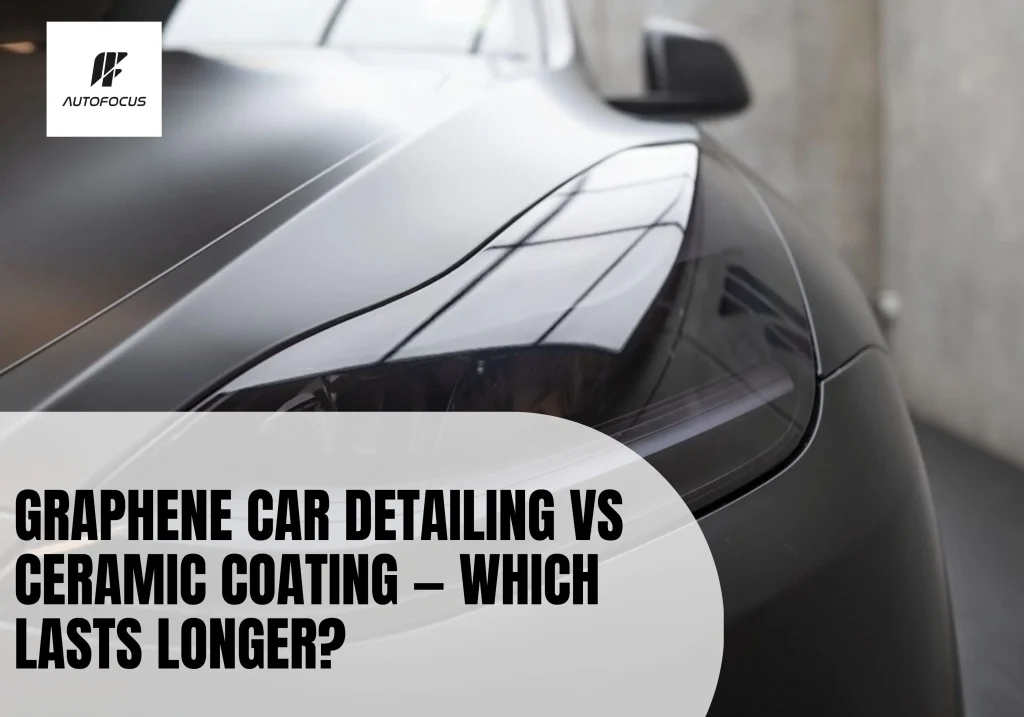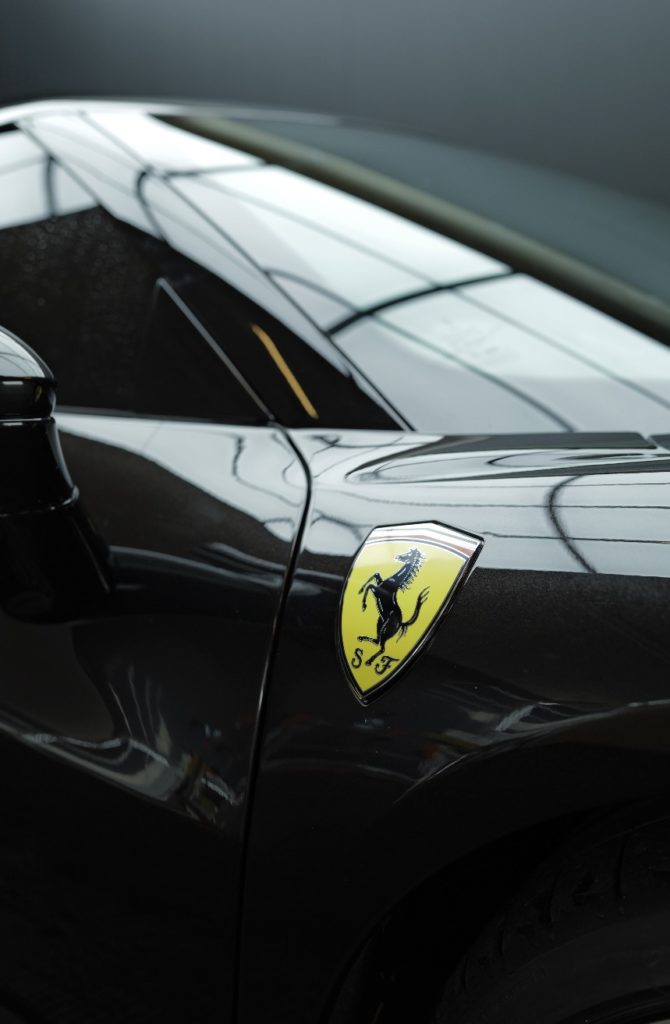
The Real Enemy Destroying Your Vehicle's Finish Daily
Australia’s climate is brilliant for beach days, but absolutely brutal on your vehicle’s paintwork. If you’re driving anywhere near Sydney’s coastal suburbs or Melbourne’s bayside areas, your car faces a relentless triple threat every single day.
First off, Australia’s UV rays pack a real punch—one of the toughest spots on Earth for sunlight that gradually shreds your car’s clear coat bonds, causing oxidation and that unsightly fade. Meanwhile, coastal salt air is even rougher, with fine particles clinging to the paint and kicking off sneaky corrosion that burrows in over time. Never overlook city grime like brake dust, factory emissions, tree sap, or bird mess; their acidic bite eats right into the surface.
The financial impact is staggering. Vehicles with compromised paintwork can lose fifteen to twenty-five per cent of their resale value. For a car valued at forty thousand dollars, that’s up to ten thousand dollars evaporating simply because the paint wasn’t properly protected.
Ceramic Coating Won't Survive What Australian Roads Throw At It
Benefits of Ceramic Coating
Limitations in Harsh Climates
Here’s where ceramic coatings show their weaknesses in Australia’s punishing environment. That two-to-five-year lifespan manufacturers advertise? That’s under ideal conditions—not the coastal salt air of Bondi or scorching Western Sydney summers.
Ceramic coatings really struggle with Australia’s brutal sun—it’s their biggest weakness. Over time, those harsh rays slowly erode the silica links, stripping away the shield it provides. Come year three, what’s left barely does the job, but it’s stuck to your paint, so you need pros to strip it off before slapping on a fresh layer. That constant redo gets pricey fast. Plus, in wild heat or cold, they turn brittle, cracking open tiny gaps for dirt and grime to sneak in.
This Is The Breakthrough Coating That Changes Everything
Graphene car detailing marks a game-changer in protecting your car’s paint, ditching old-school silica formulas for the powerhouse perks of carbon nanomaterials. In Australia’s tough conditions, these coatings hold strong for seven to ten years—easily outlasting ceramic options by two or three times.
How Graphene Technology Works
Graphene’s just a single sheet of carbon atoms arranged in a honeycomb pattern—super strong yet flexible enough to bend without breaking. When applied to your vehicle, graphene forms multiple overlapping sheets that create a tortuous pathway for corrosive agents.
What truly sets graphene apart is its self-healing ability. Fresh studies on graphene-reinforced ceramics uncovered amazing processes that carry over perfectly to car coatings. If tiny cracks start to appear, the layered sheets in graphene shift and spread out the pressure, sealing up the issue before it digs in deeper. Experts saw fracture toughness jump by 53 to 135 per cent, stopping small scratches from turning into serious paint damage.
Heat dissipation is another critical advantage. Graphene conducts heat extraordinarily well, meaning your vehicle’s surface temperature stays lower even during scorching summer days. The crack deflection mechanism deflects and distributes energy across a wider area when force is applied, minimising visible damage.
Why Graphene Excels in Australian Conditions
Australian coastal and urban environments present unique challenges that graphene car detailing solutions are specifically engineered to overcome. Recent research into graphene-based polymer coatings revealed breakthrough findings particularly relevant to our conditions.
Research shows graphene-infused coatings deliver 99% efficiency against corrosion. That’s why graphene builds this twisty, maze-like shield that keeps out all the bad guys—think salty ocean spray, acidic gunk, and moisture—turning their path to your paint into an absolute dead end.
Graphene really shines when battling UV rays, oxidation, and tough chemicals—it’s solid science, not just talk. The carbon layers absorb sunlight and disperse heat effectively without breaking down, unlike fragile ceramics that eventually give way under pressure. Meanwhile, water spots fade away easily, and graphene’s bendy nature stops cracks from forming in the heat.
So…Which Coating Actually Survives Australian Conditions?
Durability and Lifespan Comparison
In Australia’s harsh environment, ceramic coatings hold up for 2-5 years, but they start crumbling after just 18-24 months in coastal spots, demanding pro removal and fresh apps. As for graphene, it lasts 7-10 years, offering steady protection through self-healing—studies confirm its exceptional long-term durability.

Real-World Performance in Daily Driving
Cost vs. Value Over Time
The Science Proving Graphene's Unbeatable Longevity
Lab tests from recent polymer research put graphene-boosted coatings through the wringer in controlled setups, and the outcomes blew minds. These coatings slashed wear by a whopping 48% versus regular ones. Plus, friction dropped 69%, so grime glides away effortlessly, easing up on cleaning wear and tear.
Most critically for Australian conditions, tensile strength increased by eighty-three per cent. This determines how well a coating withstands stretching and pulling forces from temperature fluctuations. That near-doubling of strength explains why graphene coatings don’t crack and fail in our climate extremes the way rigid ceramic coatings eventually do.
Why Autofocus Solution Outperforms Every Competitor
Why Choose Autofocus for Premium Protection?
Get Started With A Free Consultation
Stop Guessing And Leave It To The Pros
It’s obvious: graphene coatings outlast, shield better, and save money over old-school ceramic ones, especially in Australia’s tough weather. Meanwhile, your car’s paint battles nonstop from UV rays, salty air, and city grime daily.
Protect your investment and book a no-obligation consultation here. Don’t wait until the damage becomes visible. Visit our workshop in Banksmeadow while your paint is still in excellent condition, and lock in that showroom finish for the next decade.